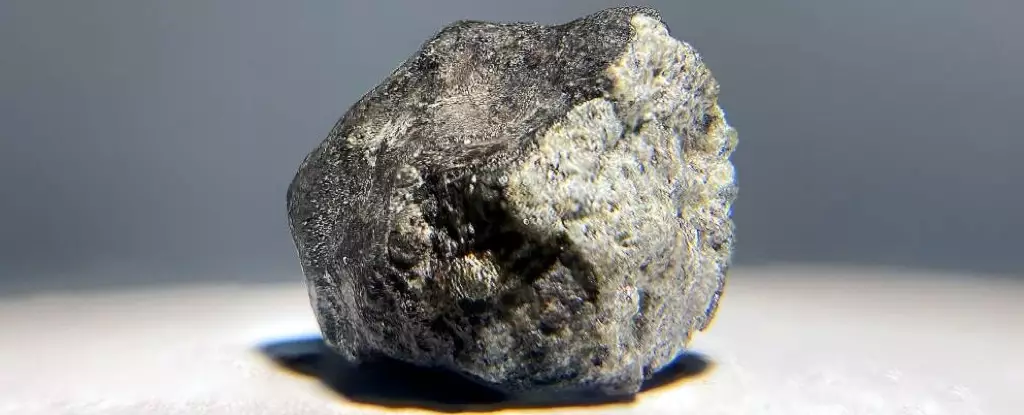The study of meteorites has long fascinated scientists, providing unique windows into the early solar system. For years, only a handful of meteorites that have reached Earth could be traced back to their source locations in space. However, a groundbreaking series of studies has now revealed that more than 90% of meteorites raining down on our planet can be linked to specific asteroid families. This development not only enhances our understanding of these celestial objects but also reveals intricate details about the mechanisms that govern their origins.
At the center of these discoveries are two distinct classes of meteorites known as H (high iron) and L (low iron) chondrites, which account for roughly 70% of all meteorites. These chondrites are characterized by the presence of chondrules—small, spherical particles formed during the rapid cooling of molten rock. Recent investigative efforts led by a scholarly coalition, including the French National Centre for Scientific Research, the European Southern Observatory, and Charles University in the Czech Republic, have revealed that these meteorites hail predominantly from three asteroid families situated in the main asteroid belt between Mars and Jupiter: Massalia, Karin, and Koronis.
The studies further elucidated important aspects of asteroid dynamics, revealing that significant collisions occurred in these asteroid families, giving rise to many fragments that eventually fell to Earth. Notably, the Massalia family experienced major impact events 466 million and 40 million years ago, while the Karin and Koronis families were affected roughly 5.8 and 7.6 million years ago, respectively. These collisions thereby supplied a continuous stream of meteoritic material to our planet, suggesting that many of the meteorites encountered today are products of relatively recent cosmic upheaval.
Additionally, the researchers noted several lines of supporting evidence for their conclusions. The existence of dust bands in space, along with the cosmic-ray exposure ages of H chondrite meteorites, corroborates the notion that many meteorites tracing back to specific asteroid families share a common history. Furthermore, the orbit distributions of pre-atmospheric meteorites offer insight into the dynamical pathways these fragments have taken, further solidifying the link between meteorites and their asteroidal origins.
The revelations stemming from this body of research are far-reaching. By establishing the origins of the majority of meteorites on Earth, astronomers can gain enhanced perspectives on the processes that shaped the solar system over billions of years. These insights can illuminate significant aspects of planetary evolution, including how materials were formed and distributed throughout the early solar system.
Moreover, understanding the origins and trajectories of asteroids has important implications for planetary defense. As these celestial bodies continue to evolve and break apart, their paths may intersect with Earth’s orbit, potentially posing threats. Therefore, a clearer understanding of these dynamics can play a key role in developing strategies to mitigate future risks posed by incoming asteroids and meteorites.
Despite these successes, researchers acknowledge that the exploration of meteorites and their cosmic relationships is far from complete. The studies have already pushed the boundaries of what is known, accounting for not only common H and L chondrites but also delving into rarer meteorite types by examining asteroid families such as Veritas, Polana, and Eos. This expansive approach ensures that the quest to understand meteorite family origins and their significance in the broader context of planetary science continues.
The revelations regarding meteorite origins provide valuable insights into our solar system’s history and evolution. As researchers persist in their exploration efforts, the information gleaned may additionally serve to inform our understanding of future cosmic events that could impact life on Earth. By unraveling the stories hidden within these space-bound remnants, we are brought closer to comprehending our universe—a universe that is constantly evolving under the influences of both time and the cosmic events that shape it.


Leave a Reply